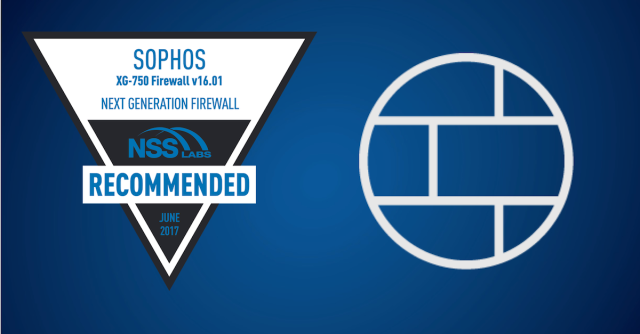Identity Management and Risk Authentication: Core Technologies to Achieve Zero-Trust Security

In a dynamic world, where user mobility impacts security almost 100% of the time, multi-factor authentication (MFA) has become imperative and key to deploying a zero-trust network. Why?
• Users are connecting to company resources from different, unprotected networks
• Working hours have become more flexible, so they could be working from early hours to late evenings
• Devices could have been shared with other family members
• And this all means attackers will try to exploit this new world of possibilities
We can no longer rely on network perimeter-centric security structures. The increasing adoption of Cloud and remote access mean that businesses need to enable secure access to their users (employees, contractors, partners) regardless of the location, network or device.
MFA is not the only solution you need to adopt a zero-trust security structure, but identity and access management certainly are core technologies that your business needs to implement to get on the right path to embracing the “never trust, always verify” approach.
MFA and Risk Authentication Equal Optimized User Management
Risk-based authentication takes risk factors into account when performing an authentication decision. It goes beyond static authentication, allowing administrators to create rules that can modify the authentication behavior, sometimes making it easier if the risk is low; or asking for additional steps to ensure this is the right user, and blocking the access if the risk is too high, even if the user provided a correct one-time password (OTP).
Without risk policies in place, your company would need to enable the most secure authentication method at all times, for all users, potentially causing user friction for some segments. Risk authentication is a way to modernize your strategy by using the precise amount of security with customized risk protection that improves your ability to detect and respond to threats.
Four Reasons Your Business Should Enable Risk Authentication Policies
- Better at protecting resources
Risk-based authentication allows you to rank the resources you want to protect based on level of risk and type of user who needs to access them. By creating custom rules specific to your company needs, you are advancing the way you enable MFA in your organization. - A step towards zero-trust adoption
One of the principles of the zero-trust approach is “Identifying Users and Devices.” The connection is obvious: MFA is the cornerstone for zero-trust implementation in that it provides the security structure for user and identity management and continuous authentication for any user to any resource. - Advanced security for remote access
Authentication policies can help optimize security especially for remote employees since they are accessing company data and networks from multiple locations. Also, remote work has increased the use of Cloud services and platform as a service, which are key scenarios where having risk policies enabled can ensure allowing access only to authorized users, as well as detecting any unauthorized attempts. - Simplified user experience
Risk-based authentication also improves user experience by removing extra authentication when enough security is verified. For example, if a user is accessing a resource from a known safe location, they won’t have to use MFA.
From any angle you look it up, multi-factor authentication is an essential solution to protect user identity, Cloud applications, networks, and company data. If you are focusing on enabling a more sophisticated security approach, then you are already thinking about what it takes to be zero-trust ready. If that’s the case, risk authentication is a must-have in your MFA framework.
Want to learn more about how businesses should assess risk? Check out the business risk assessment guide with tips to identify key risk policies that align with your company security needs.














Dell Software Group sold to help fund looming EMC deal
Ingram Micro gets distribution access to Dell’s security range in Australia